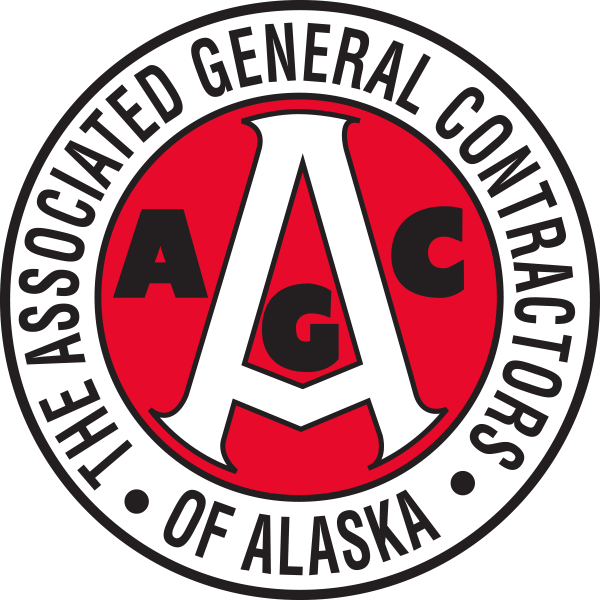
n his poem “Mending Wall,” Robert Frost offers solid advice: “Good fences make good neighbors.”
As construction season ramps up, this advice particularly applies to job sites around the state where valuable tools, equipment, and vehicles are kept for the duration of the project. Theft from construction sites is an unfortunate problem that can be curtailed with a few key strategies—frequently starting with a good fence.
“Contractors that don’t plan for security ahead of time face big challenges after a theft has occurred,” says Johnson. “Assessing job site security pre-construction allows the contractor to budget for items like fencing, security cameras, or connexes.”
Is the job site fenced?
Is there a mobile security patrol? Are there video cameras?
Is the job site lit up?
Can you see through the fence?
Are high-value items locked up? Are they in view or out of sight?

“Job sites can attract nuisances where individuals may try to camp out or even start a fire,” says Lauwers. “Many of the controls you put in place to mitigate theft can also mitigate property damage such as fire and vandalism.”
Johnson also suggests expanding that analytical viewpoint to include employees traveling to and from the area. If there is a potential for employees to face harassment or violence, she suggests implementing a buddy system or even hiring a third-party
security team.
“High-value items that are also low weight are at a particular risk for theft,” says Lauwers. “Also, anything easily sellable around a job site.”
This doesn’t mean that large items are invulnerable. Johnson says she has seen a rise in thefts in tool trailers, work vehicles, connexes, and even heavy equipment. She recently learned that someone stole $100,000 in specialized computer equipment from an excavator.

“This usually happens if the thief has inside information or can watch the job site for a long period,” says Johnson.
Johnson suggests taking an inventory of tools, equipment, and materials that come into the job site, labeling them, and, if possible, locking them up when not in use. Long-term options include asset-tracking platforms that use ID tagging, equipment trackers, and barcode scanning. Though these measures won’t guarantee that items won’t be stolen, labeling and tagging in conjunction with a list of serial and VIN numbers will make them more identifiable, should someone steal them.
“If you do happen upon a job site theft in progress, don’t intervene,” says Johnson. “Don’t chase them down or fight them for the item. Instead, get to a safe location and, if possible, take photos and videos from a distance.”
Once a theft is discovered, Lauwers says to immediately file a police report and contact the company’s insurance broker.
“Both the police report and prompt notification to the insurance carrier are often insurance requirements for available coverage,” says Lauwers.
Though not every job site is a target for theft, taking precautions now is better than scrambling to protect an area after a theft has occurred. Johnson says some job sites exist for months before something happens, or some go entire seasons without a problem. When a theft does occur, she says it usually hits in waves and correlates with similar thefts at nearby construction areas. That is when she says contractors should take extra precautions to lock down the job site and hide things from view, if they aren’t already doing so.